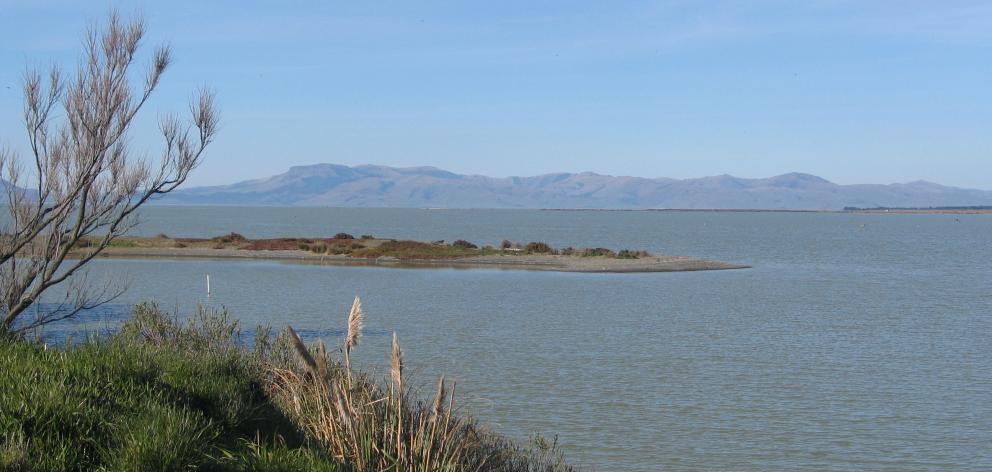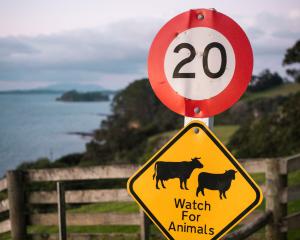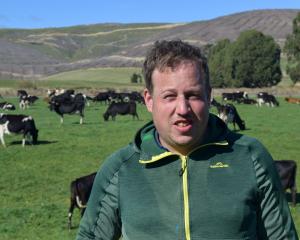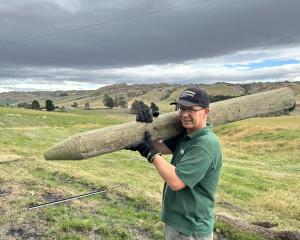
The Canterbury Plains now contain less than .05% of the original native plant species as a result of human colonisation, the council's biodiversity co-ordinator Andrew Spanton said.
''We need to value, protect and manage our ecological legacy, otherwise it will be lost.''
He said Selwyn's biodiversity included native plants growing around lowland streams, wetlands on the margin of Te Waihora/Lake Ellesmere, pockets of bush in the foothills and large mosaics of vegetation in the high country.
The council's biodiversity programmes were guided by legislation, as well as the Selwyn district plan, which was under review.
A biodiversity working group has been established, made up of stakeholders and landowners, to help feed into the district plan review, Mr Spanton said.
''Our priority is the protection of existing biodiversity, particularly native plants.
''Indigenous biodiversity is generally considered more important than planted biodiversity, as it contains the original assemblage of plants, insects and soil biota.''
Mr Spanton said he was working with landowners, community groups, local and central government agencies and other stakeholders to protect and restore indigenous biodiversity.
A major part of his role was running the council's significant natural area (SNA) programme.
''This is where I work with landowners and managers to carry out ecological assessments to determine the significance of native plant areas and protect and manage them.''
The SNA programme assisted landowners with funding and advice and supported the identification and protection of on-farm biodiversity.
''I also help landowners with native plant restoration sites across the district,'' he said.
''It's been great to see so many restoration sites developed over the last decade and it's good to support our community in this important work.''
The Selwyn Natural Environment Fund supported this work, and applications close on the last Friday in May each year.
-By David Hill













